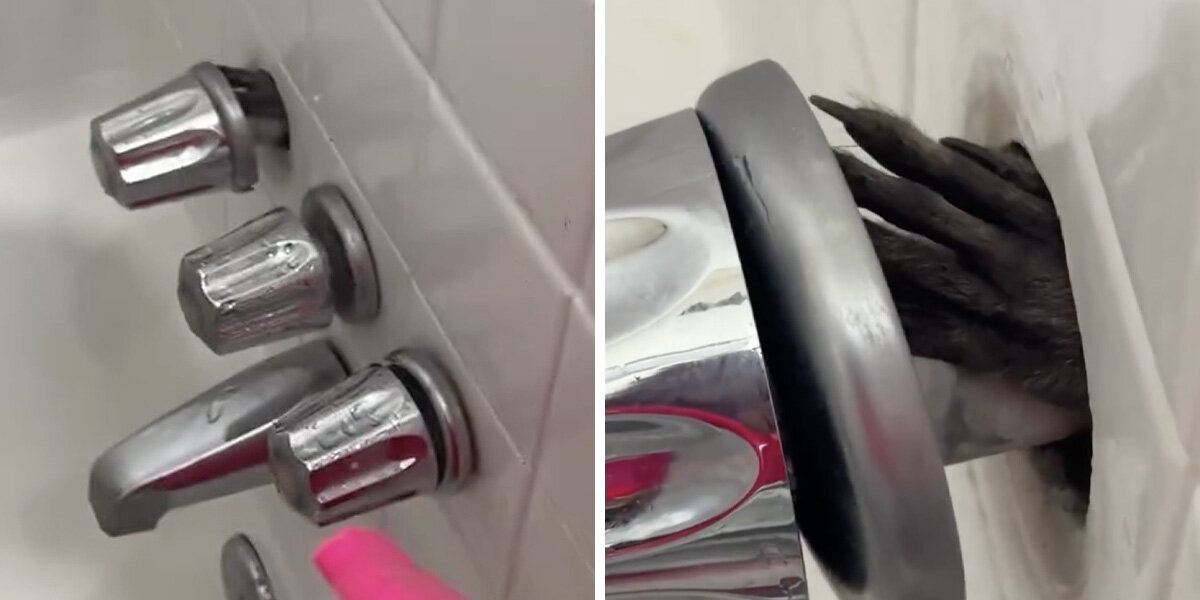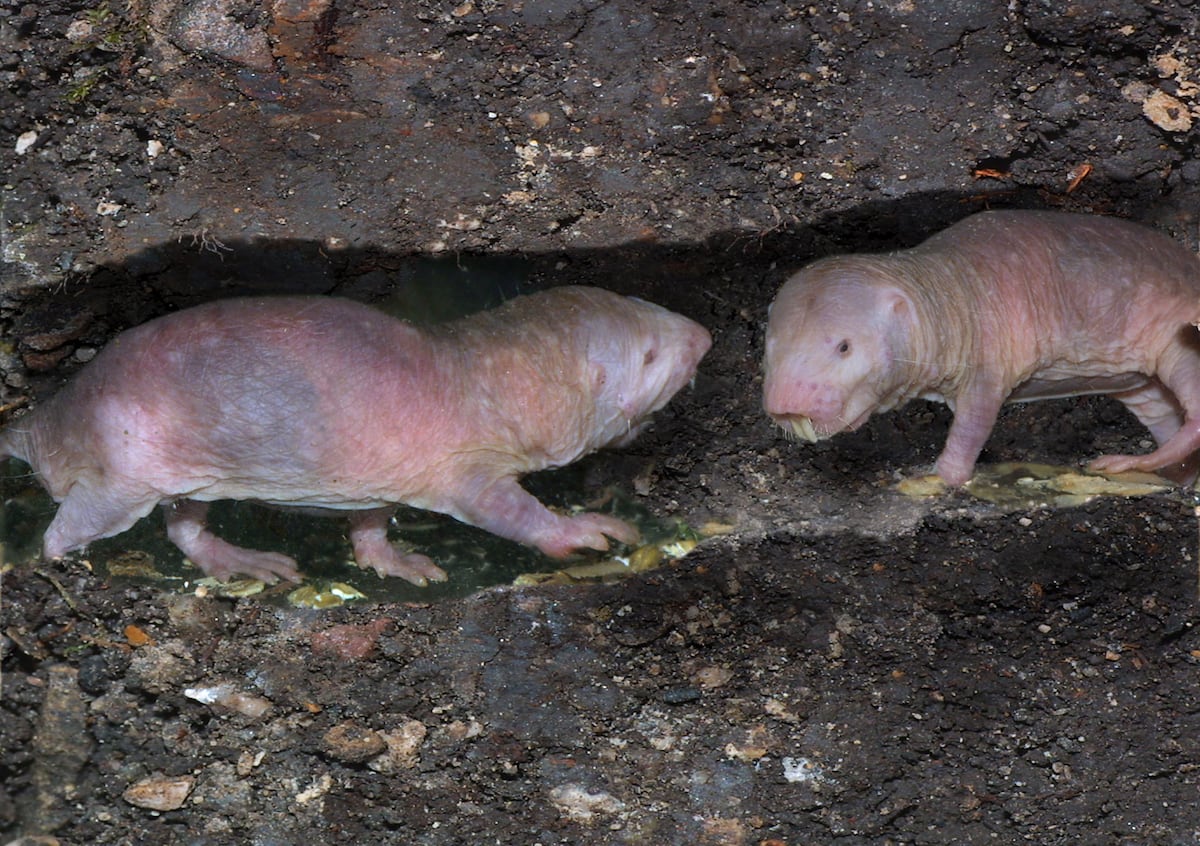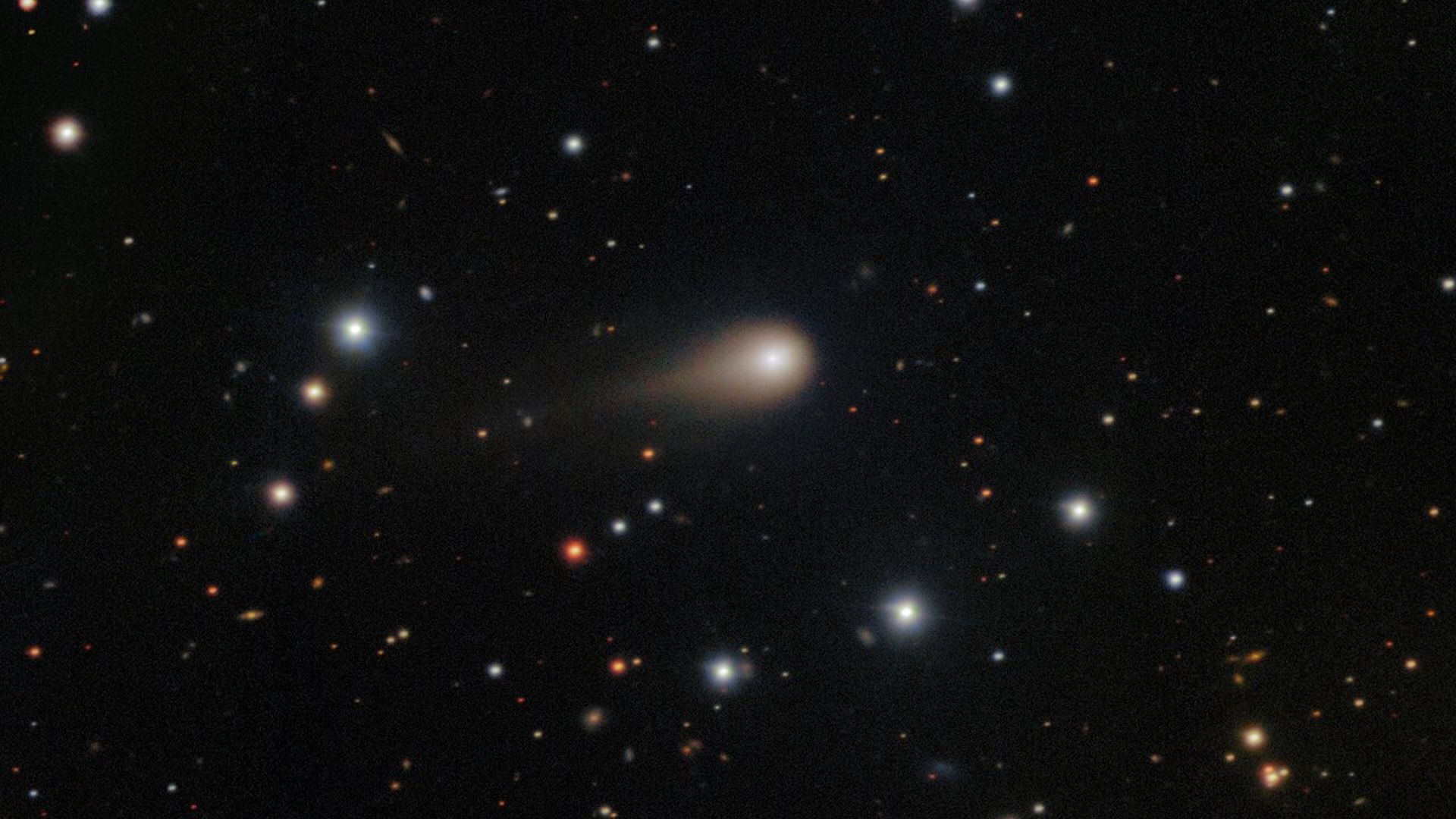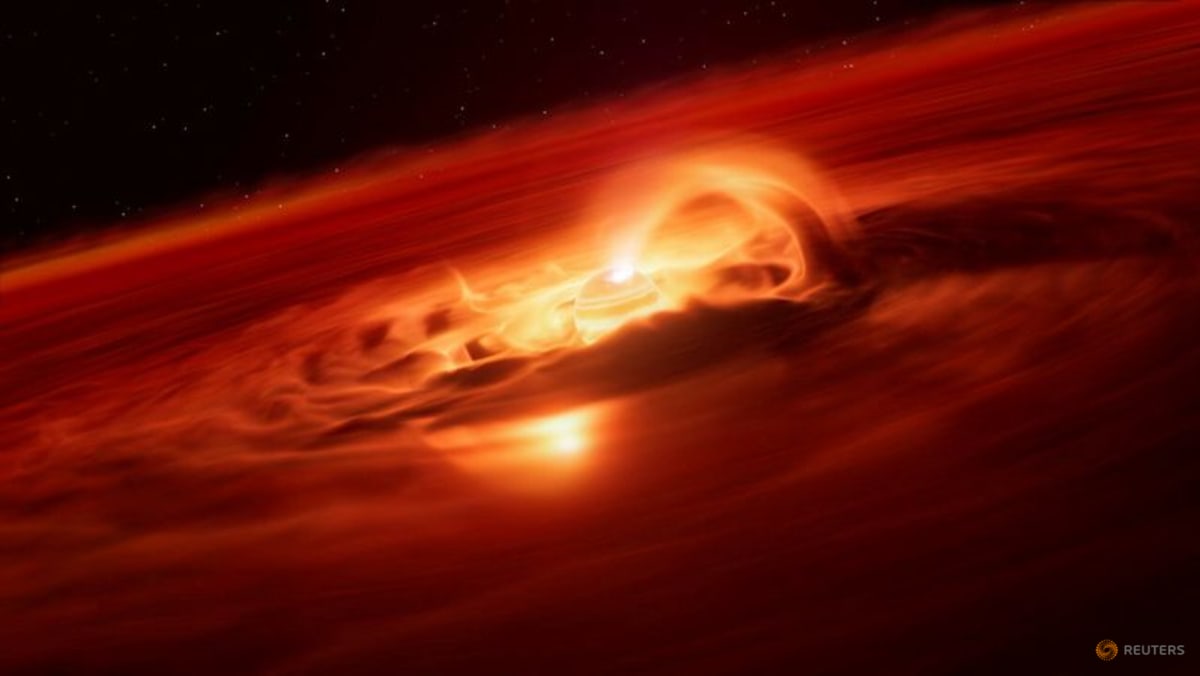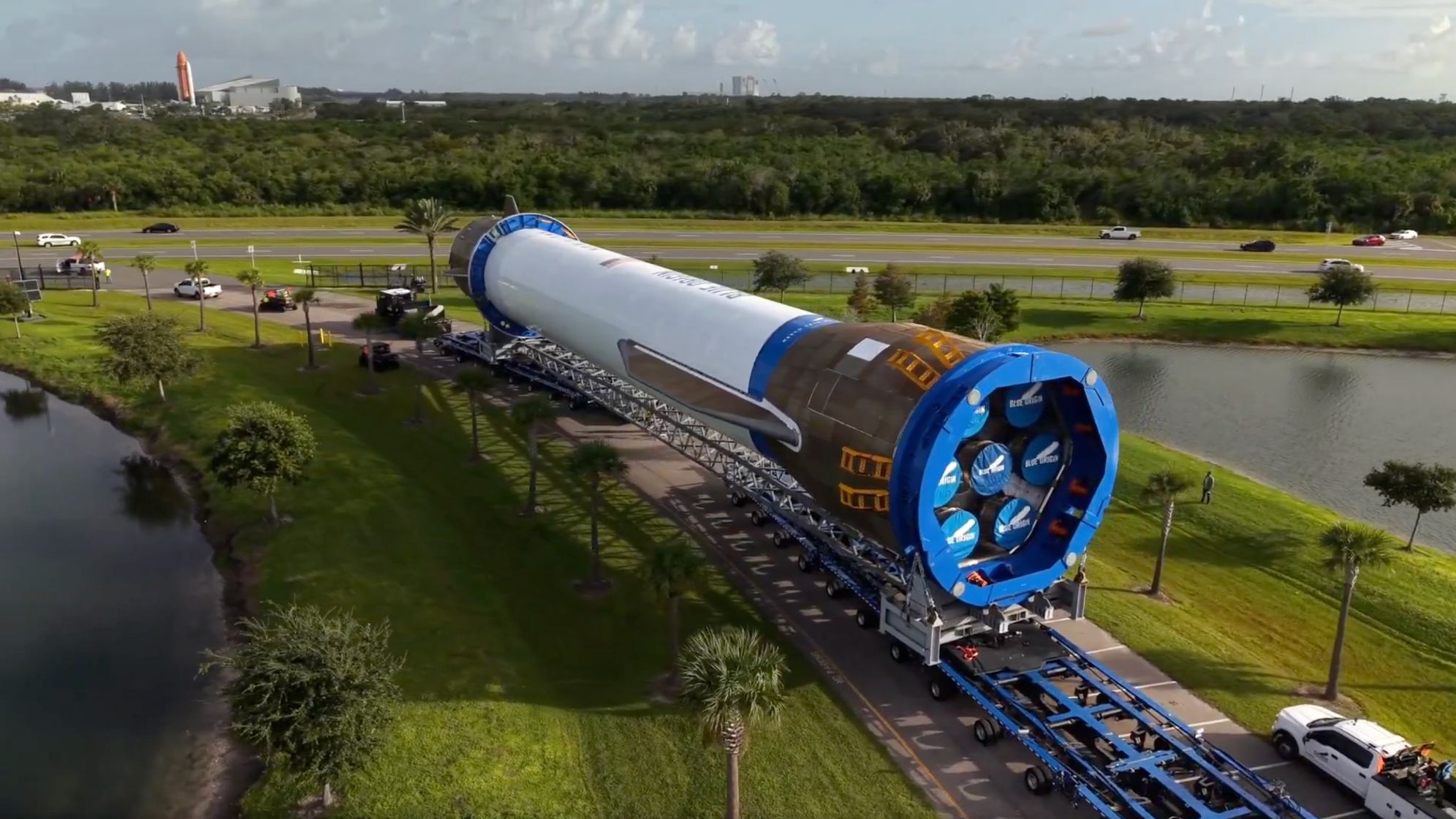Unbelievable Plan to Illuminate Earth: Will Satellites Create Nighttime Sunlight?
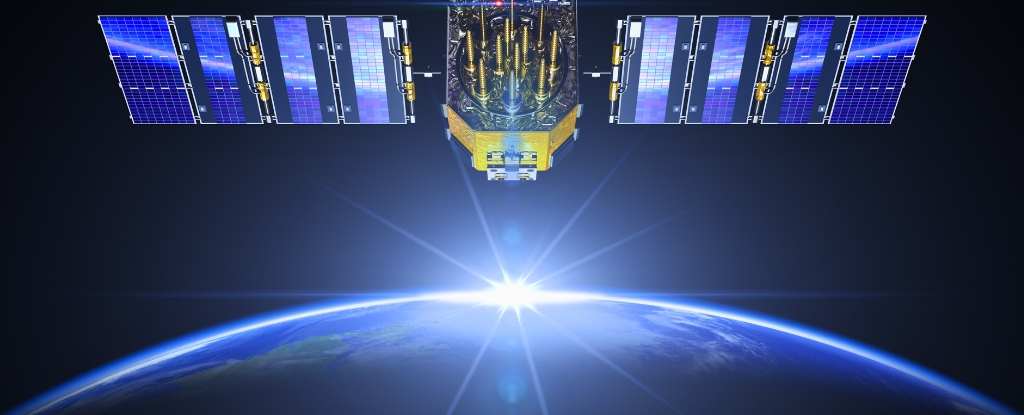
Imagine a world where the night sky is aglow not with stars, but with artificial sunlight beamed down from a constellation of satellites. Sounds like science fiction, right? Well, it’s not! A US startup, Reflect Orbital, has proposed an audacious plan to illuminate Earth after dark using satellites designed to generate light pollution intentionally.
This bold venture includes launching an 18-meter test satellite named Earendil-1 in 2026, with ambitions to deploy around 4,000 satellites by 2030. Their goal? To provide 'sunlight on demand' for solar farms to operate after sunset. But could this actually work, or are we headed for a future where the night sky is forever altered?
Reflect Orbital's satellites would orbit approximately 625 kilometers above the Earth, equipped with mirrors spanning 54 meters. Just as you might bounce sunlight off a watch face, these mirrors would reflect the natural sunlight down onto specific areas of the globe. However, the challenges are immense. As light travels from these satellites, it spreads out, weakening its intensity significantly. A single satellite, even at its brightest, would be 15,000 times fainter than the midday Sun but still brighter than the full Moon!
Last year, the company conducted an intriguing test using a flat mirror attached to a hot air balloon. This test managed to direct 516 watts of light per square meter from a distance of 242 meters. While this is impressive, scaling it up for space is complicated. To replicate this from 800 kilometers away, the reflector would need to be a staggering 6.5 by 6.5 kilometers — clearly impractical.
Reflect Orbital envisions satellites in a specific constellation to cast light on solar farms, aiming for just 200 watts per square meter, which is about 20% of the midday Sun. But to achieve this, they might need as many as 3,000 satellites illuminating a single area, and even then, the illumination would last mere minutes due to the rapid movement of these satellites across the sky.
To put this into perspective, Reflect Orbital's founder has even floated the idea of deploying 250,000 satellites, which would exceed the number of existing satellites and space debris combined! Yet, despite this massive scale, they would still struggle to provide consistent light due to factors like weather and positioning relative to the Earth’s surface.
But the darker side of this plan? The possibility of catastrophic light pollution. Even a single satellite could appear brighter than the full Moon, which would spell disaster for astronomers and stargazers alike. Light pollution can mess with our natural rhythms and disrupt wildlife, casting a shadow over the once-untouched night sky.
Reflect Orbital has indicated plans to mitigate these issues, suggesting that their satellite beams will be 'brief, predictable, and targeted' to avoid disrupting observatories. However, the reality remains uncertain. As of now, the project’s success seems as distant as the stars they plan to illuminate.
In an era where the night sky is already cluttered with satellites, this project raises pressing questions about the future of space, our environment, and our ability to connect with the cosmos. Are we ready to trade our dark skies for convenience?












